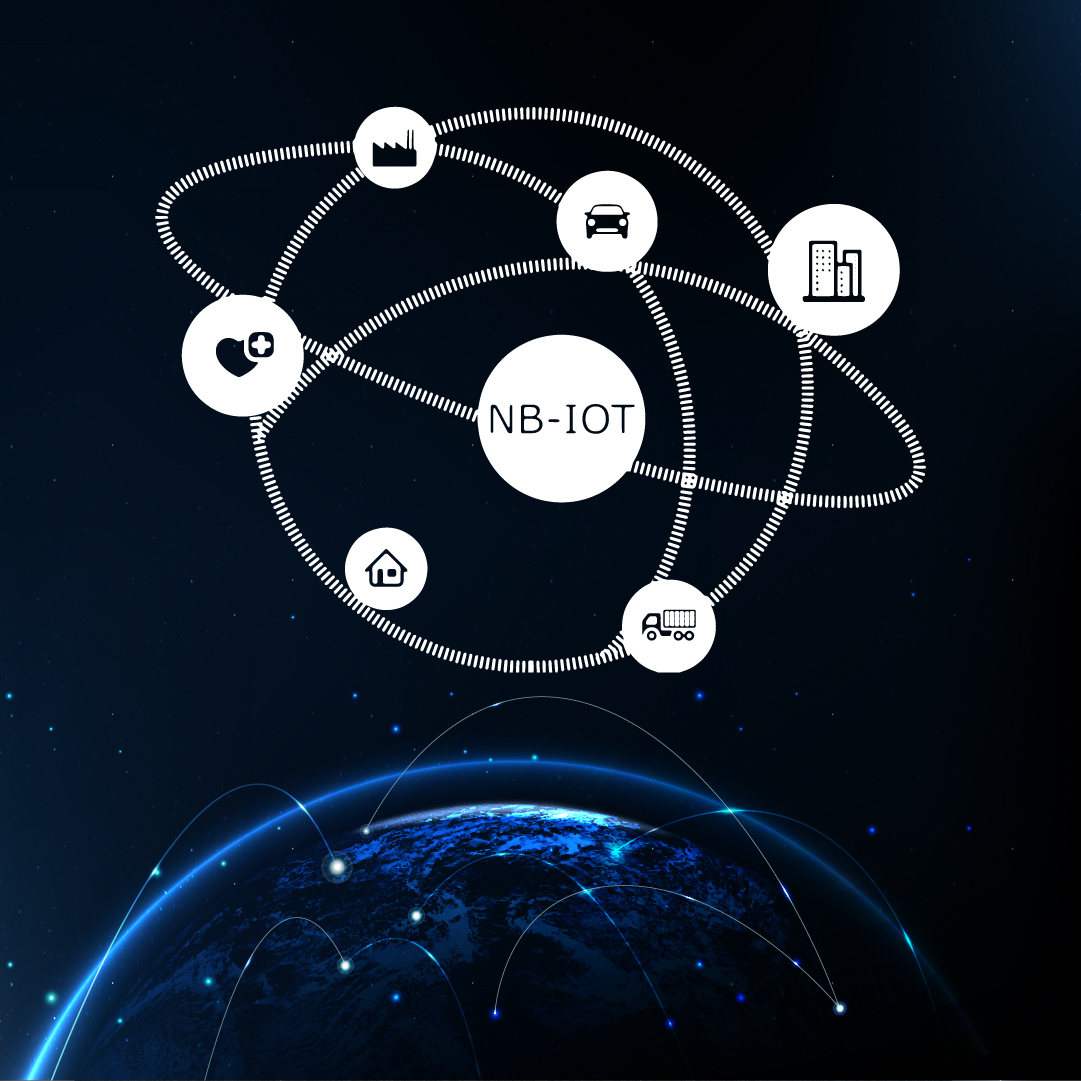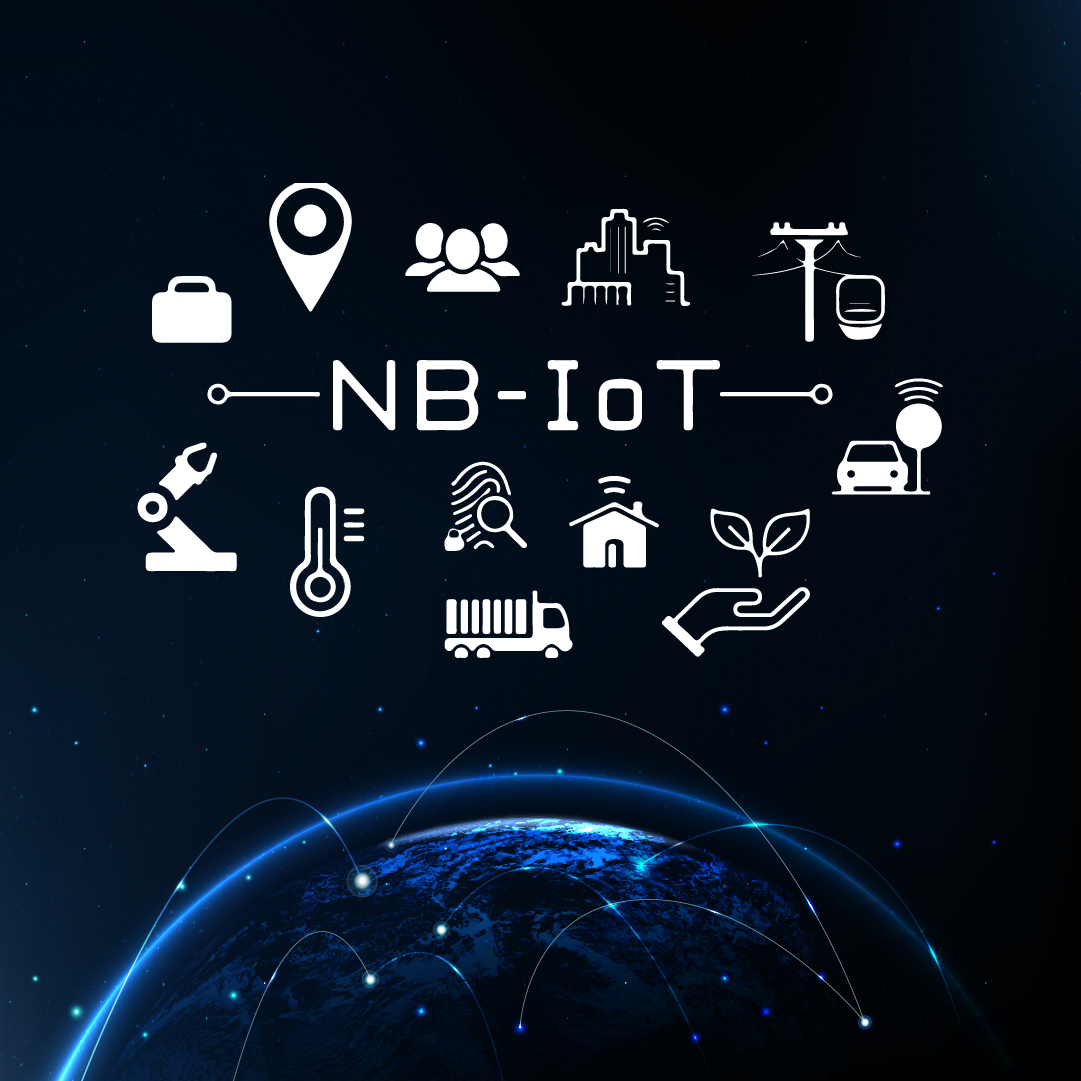What Is NB-IoT? How Does It Ensure a GREENER Future?
Major players in the enterprise IoT marketplace are trying to capture a prime chunk of the market through the new Narrowband IoT (NB-IoT). It can simply be stated as a wireless network (a standards-based low power wide area (LPWA) technology) that can support billions of devices to come online in the near future. Do not worry now about the concept. Please hang on with me as I quickly help you explore what is NB-IoT (Narrowband IoT), its main features, advantages, use cases, and different types of NB-IoT.
In this contemporary era, the unrealistic fantasy of the continually advancing society is to lead a life of existence of least intricacy. The Internet of things (IoT) has paved the way for interfacing smart devices belonging to several sectors such as electrical, electronic, and mechanical, transforming the lives of billions across the world.
Read more: Advantages of IoT in Business and Some Inspiring Use Cases
Internet of things with great audacity is a sensor-based innovation extending its connectivity over the cyber networks across country and metropolitan regions. With connectivity ranging from 915MHz to 5GHz within the local and distributed networks, this parasitic innovation has left the world astonished with its prominence amongst the healthcare, manufacturing, aviation, and marine fields.
Now, let’s jump into exploring what is NB-IoT or Narrowband IoT.
What is NB-IoT?
All major types of industry verticals and consumer markets have multiple use cases for IoT. According to Statista, the number of IoT devices was 8.74 billion in 2020, which is projected to grow to more than 25.4 billion in 2030. These huge numbers indicate the growing number of resource wastage. As every connected device emits its share of power, it leads to more e-waste generation. Resource wastage had been a serious concern pertaining to IoT and it continues to be so to a certain extent.
NB-IoT has been introduced in this context as an alternative to the growing e-waste menace. It is nothing but an economical and tender version of the Internet of Things that can handle communication tasks efficiently and effectively.
Thanks to the use of Low Power Wide Area (LPWA) technology NB-IoT helps in enhancing the power consumption of devices, system capacity, and spectrum efficiency. It can efficiently connect large fleets of devices along with minimal power consumption and boost coverage range in locations that are not served by traditional cellular technologies.

Due to the widespread requirement in healthcare, manufacturing, and avionics, NB-IoT is a favored arrangement since it demands fewer resources comparatively. Ensuring the quality of living and offering an elevated quality of service inferable from its special capacity to carefully transform lives with a much lesser frequency of operation of 180 kHz, NB-IoT keeps on advancing with time.
The ability to synchronize with Artificial Intelligence (AI) and Machine Learning (ML) with a contained asset wastage, provides NB-IoT a better ground over the current innovations.
Having understood the basics of what is NB-IoT, it’s time to explore different types of NB-IoT.
Different Types of NB-IoT
NB-IoT can be introduced in both cellular and non-cellular forms of communication. Non-cellular forms are adopted in vital ad-hoc applications. Cellular forms are well organized and inherit the widely preferred cellular infrastructure for their communication operations.
For data transmissions, half-duplex with Quadrature Phase shift Keying (QPSK) and Binary Phase Shift Keying (BPSK) are the preferred modulation scheme for communication as it enhances the packet data transfer.
Three unique kinds of deployment have been put forward for NB-IoT. The first is a standalone deployment where a new band of microwave frequencies ranging between 700 MHz and 800 MHz has been lodged.
The next option is the guard bands of LTE and GSM. These bands are not utilized by the LTE and GSM operators. So, these unused bands are put to use for NB-IoT esteem added administration among the cellular networks. The final option is the deployment among the in-bands. In order for viable in-band communication, frequency hopping algorithms are closely associated with the arrangement. NB-IoT closely mimics the properties of GSM and LTE, hence several NB-IoT features resemble GSM and LTE.
Advantages of NB-IoT
The Low Power Wide Area Coverage (LPWA) with a two-level power saving mechanism is one of the NB-IoT headliners. With 20dBm and 23dBm as particulars in input power, it is appropriate for the half-duplex communications in healthcare, manufacturing, and aviation schemes. Since it propagates on half-duplex communication, the uplink and downlink rates are around 250kbps with a strength of -164dBm. The expected battery life of a sensor associated with NB-IoT is determined to be 15 years. Alongside, durable service availability, security, low integration costs, and its ubiquitous presence are one-of-a-kind advantages in repute to date.
NB-IoT Applications or NB-IoT Use Cases
Remote monitoring is an inevitable application of NB-IoT which can be acquainted with any sector that exists currently in the innovative digital market. Having a sensor-based arrangement to monitor the vital parameters in healthcare, manufacturing, avionics, and marine fields can be monitored at a distant location with the help of NB-IoT associated application keeping 180 kHz as the transmission frequency.
Close monitoring is yet another arrangement associated with NB-IoT where the sensor-based devices and monitoring servers/devices are located within the same premise. For example, in a hospital, the vitals of a patient under close monitoring is recorded and transmitted to a monitoring device located within the same premise with just 180kHz frequency, since the arrangement is within a short distance range, effective communication without any attenuation can be established.
Another example for close monitoring would be the water level marking in industrial storage tanks with the aid of floating sensors.

Since the usage of water is more in the industrial sector, it is inevitable to keep a close eye on the existing water level to ensure a continuous supply. The continuous monitoring and instant mapping of the water level can be achieved with the allocated NB-IoT frequency having a monitoring device installed within the vicinity of the storage tanks.
NB-IoT applications stretch out to satellite communications in extending information and administration supervision to remote locations such as agribusiness, banking, security breach, and education.
Wrapping Up
Real-time interactions and investments become easier with NB-IoT intrusion in the everyday existence of human beings guaranteeing the ease of access and living breaking technological barriers. Its potential to connect billions of devices in a sustainable manner and its flexibility to operate in 2G, 3G, and 4G bands make it a great pointer towards a greener future.
Do you have any IoT projects in mind and are eager about knowing more about NB-IoT, feel free to know about our IoT development services.


